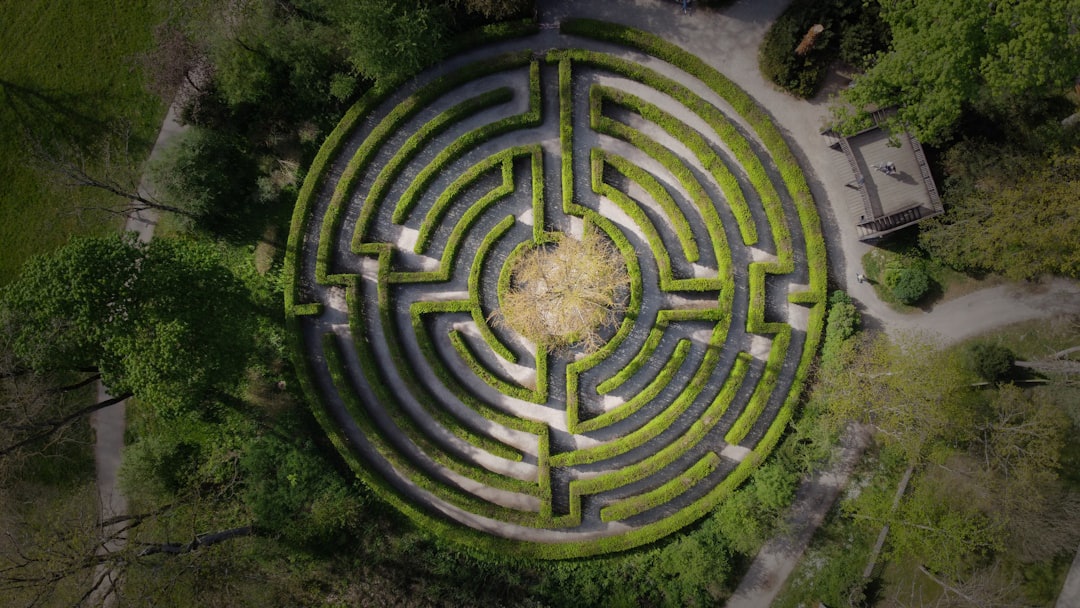When Structure Isn’t Enough: What OpenAI’s Latest Move Really Means
A public benefit structure is a start. But structure alone doesn’t hold mission.
(Editor's Note: This post was originally published on May 13, 2025. As I migrate my work to this new platform, I've updated it to better reflect my current frameworks and sharpened my thinking from the original piece. The core ideas remain the same.)

Every purpose-driven founder faces the same brutal question: What happens when your mission-protecting governance structure gets stress-tested by real-world pressure?
OpenAI just gave us a ~$90 billion case study in what can go wrong. In late 2023, a share sale valued the company at that level – proof of the stakes when governance falters under growth.
Last week, I wrote about structure as strategy – the idea that how we design a business shapes what it makes possible. Then OpenAI reminded us how fragile even the most sophisticated governance design can be.
On paper, their setup was bold: [a nonprofit parent (OpenAI, Inc.) controls a for-profit capped-profit subsidiary (OpenAI Global, LLC)](“They affirmed their unusual structure: a nonprofit parent (OpenAI, Inc.) controls a for-profit capped-profit subsidiary (OpenAI Global, LLC). Investor returns are capped at 100x.”). Investor returns are capped at 100x. In theory, the nonprofit board held the power.
It was a serious attempt to build guardrails against extractive logic. But when OpenAI’s board removed Sam Altman in November 2023, those guardrails collapsed almost instantly.
- 700+ of OpenAI’s ~770 employees signed a letter threatening to walk.
- Microsoft, a $13B+ partner, signaled concern and later secured a nonvoting observer seat on the board before relinquishing that seat mid-2024.
Within days, the board reversed course. Altman was back, the board was reshuffled, and the nonprofit’s independence was weakened, not reinforced.
The lesson? Legal authority and actual power are not the same thing. The leverage lived with the capital and the talent, not the bylaws.
Alignment is a System, Not a Statement
Both sides claimed to be protecting the mission. But a crisis reveals what statements can’t: alignment isn’t a document, it’s a practice.
Mission statements feel powerful until people have to interpret them under pressure. That’s when ambiguity shows up as fracture.
Structure Helps, But Systems Hold
OpenAI’s design still matters – not just for its own survival, but because every attempt at governance at this scale ripples into the question of how we design systems for the rest of us.
What stands out across these moments isn’t just the legal scaffolding, it’s the human systems that make or break it:
- The strongest teams invest in regular alignment, surfacing tensions early rather than waiting for crises to expose them.
- They stay clear-eyed about where power actually sits, comparing lived dynamics with what the documents say.
- They rehearse the hard moments in advance, so when financial pressure hits, the values conversation isn’t happening for the first time.
Structure shapes outcomes. But it’s the human systems that determine whether your structure holds or buckles.
Why This Matters Now
Again and again, the pattern is clear: the companies that survive mission-threatening crises aren’t the ones with the best legal documents – they’re the ones that built cultural resilience into daily operations.
And the window for getting this right is narrow. As impact businesses scale and attract traditional capital, the pressure to compromise increases exponentially. The founders who build these systems early, before the crisis hits, are the ones whose missions survive contact with growth.
The companies reshaping capitalism aren’t just talking about better business models, they’re building the governance infrastructure to defend them. That’s where the real work begins.